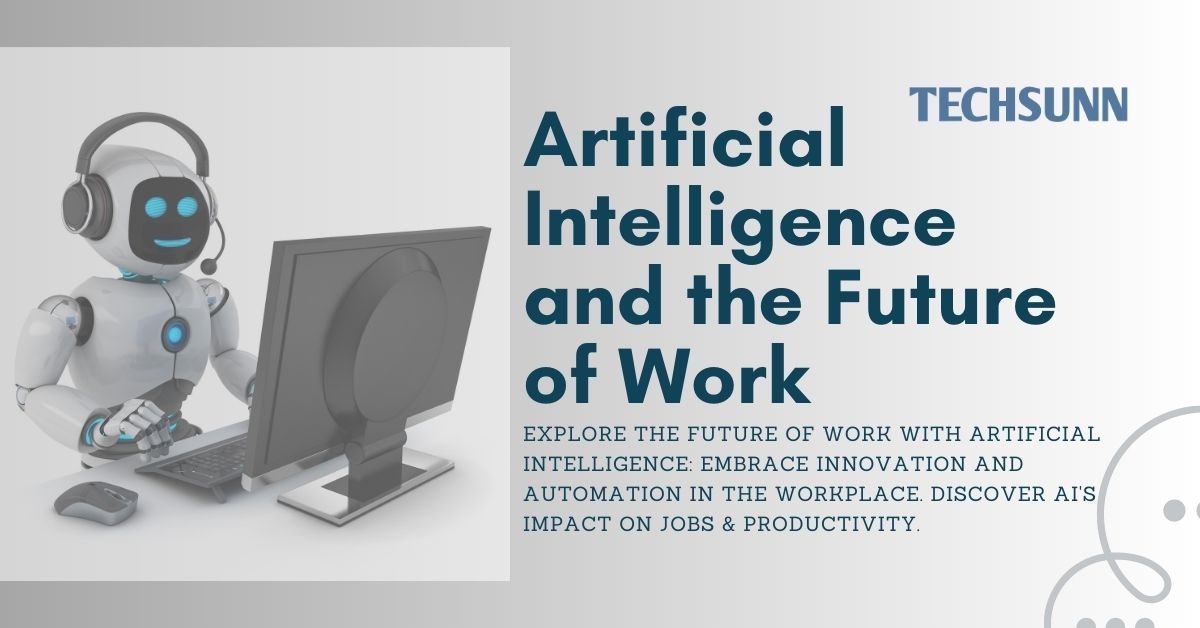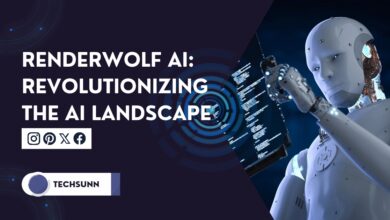Tesla’s Humanoid Robot: Reforming Automation & Beyond

Discover how Tesla’s humanoid robot is transforming automation and pushing technological boundaries. Explore the future of robotics with Tesla’s innovation!
Humanoid Robot
Tesla CEO Elon Musk unveiled the company’s first humanoid robot, dubbed “Optimus,” at Tesla’s AI Day event in September 2022. Musk said that Optimus is intended to be a “friendly and helpful” robot capable of lifting large items, constructing goods, and cleaning houses.
Tesla’s Optimus: Humanoid Robot
Optimus is currently under development, although Musk has said that it will be available in 2023. He also said that Optimus might someday be utilized to replace humans in certain vocations. The development of Optimus has sparked a variety of worries, including the risk of robots taking over occupations, robots being used for aggression, and the ethical implications of building artificial intelligence capable of autonomous reasoning.
Despite these reservations, Musk has said that Optimus has the ability to “change the world.” He has said that Optimus might contribute to resolving some of the world’s most pressing issues, like climate change and poverty. Only time will tell whether Optimus will meet Musk’s hopes. However, there is little question that the invention of Optimus marks a watershed moment in artificial intelligence history.

Tesla’s Humanoid Robot
Tesla, the eminent electric vehicle maker, has been at the cutting edge of mechanical advancement, changing transportation with electric vehicles and propelling the potential outcomes of independent driving. Expanding upon their mastery, Tesla has as of late declared its introduction to another domain of mechanical technology with the advancement of their most memorable humanoid robot. This article delves into the potential implications and impact of Tesla’s humanoid robot on automation, robotics, and the broader landscape of technology.
Also Read:
Power of Google’s Bard AI Chatbot: Online Interactions
Unveiling Tesla’s Humanoid Robot
Tesla’s humanoid robot is a ground-breaking creation designed to mimic human movements and capabilities. It aims to assist with various tasks, ranging from household chores to complex industrial operations. The robot is expected to stand at a height of approximately 5’8″, with a humanoid form factor that facilitates interaction and navigation in human environments.
Technical Specifications and Features
Discussing the technical aspects of Tesla’s humanoid robot, including its physical attributes, power source, mobility, and sensor capabilities. The robot’s smoothness, strength, and dexterity are probably going to be key elements, empowering it to perform many-sided errands with accuracy and proficiency. Emphasize the importance of robust sensors, advanced artificial intelligence, and machine learning algorithms that will empower the robot to navigate and interact safely in dynamic environments.
Applications and Impact on Automation
Explore the potential applications of Tesla’s humanoid robot across various industries. Discuss how the robot can streamline household chores, assist in caregiving, and perform repetitive tasks in industrial settings. The humanoid robot could become a valuable tool for automation, reducing human effort and increasing productivity.
Here is a more detailed look at some of the potential benefits and risks of Tesla’s humanoid robot:
Benefits
- Increased productivity: Optimus could be used to automate a variety of tasks that humans, such as manufacturing, assembly, and cleaning currently perform. This could lead to increased productivity and lower costs for businesses.
- Improved safety: Robots are not susceptible to fatigue or distraction, which means that they can perform tasks more safely than humans. This could be especially beneficial in hazardous environments, such as construction sites and factories.
- Enhanced customer service: Robots could be used to provide customer service in a variety of settings, such as hotels, restaurants, and retail stores. This could free up human employees to focus on more complex tasks.
Risks
- Job displacement: The development of Optimus could lead to job displacement in some industries, as robots are able to perform tasks that are currently performed by humans. This could lead to increased unemployment and social unrest.
- Weaponization: Robots could be used for malicious purposes, such as warfare or terrorism. This is a serious concern, as robots could be used to inflict widespread damage and loss of life.
- Loss of control: As robots become more intelligent, there is a risk that they could become uncontrollable. This could prompt a circumstance where robots represent a danger to mankind.
The improvement of Tesla’s humanoid robot is a critical occasion that can possibly both advantage and mischief society. It is vital to painstakingly consider the likely advantages and dangers of Optimus before it is delivered to people in general. Notwithstanding the expected advantages and dangers recorded above, there are various different elements that should be thought about while creating and sending humanoid robots. These factors include:
- Safety: Robots must be designed to be safe for humans to interact with. This includes ensuring that robots are able to detect and avoid obstacles, as well as preventing them from harming humans physically or emotionally.
- Privacy: Robots that are equipped with sensors and cameras could collect a significant amount of data about humans. This data must be protected from unauthorized access and use.
- Ethics: The development and use of humanoid robots raises a number of ethical concerns. These worries incorporate the potential for robots to be utilized for subjugation, torment, or different types of human abuse.
When creating and deploying humanoid robots, it is critical to carefully evaluate all of these concerns. By doing so, we may contribute to ensuring that these robots are employed for good rather than evil.
Human-Robot Collaboration and Safety
Address the importance of human-robot collaboration and safety measures in the deployment of Tesla’s humanoid robot. Emphasize the need for strict safety protocols, including sensors for detecting and avoiding obstacles, emergency stop features, and adherence to industry standards. Discuss how the robot could complement human capabilities, working alongside humans in a collaborative manner.
Implications for Labor and Society
Examine the potential impact of Tesla’s humanoid robot on the labor market and society. Discuss the concerns and challenges associated with automation, including job displacement and the need for upskilling and reskilling. Also, consider how to use the robot’s skills to boost human productivity, provide new career opportunities, and improve the general quality of life.
Ethical Considerations and Regulations
Address the ethical considerations that arise from the deployment of humanoid robots. Discuss concerns related to privacy, security, and potential misuse. Advocate for responsible development and use of the robot, emphasizing the importance of regulatory frameworks to ensure ethical practices and protect individuals’ rights.
Future Outlook and Conclusion
Provide insights into the future of Tesla’s humanoid robot and the broader field of robotics. Discuss potential advancements, refinements, and expansion of its capabilities. Conclude by highlighting the transformative potential of Tesla’s humanoid robot, envisioning a future where human-robot collaboration enables increased efficiency, improved quality of life, and technological progress.



